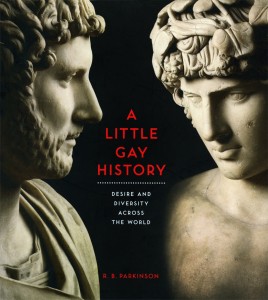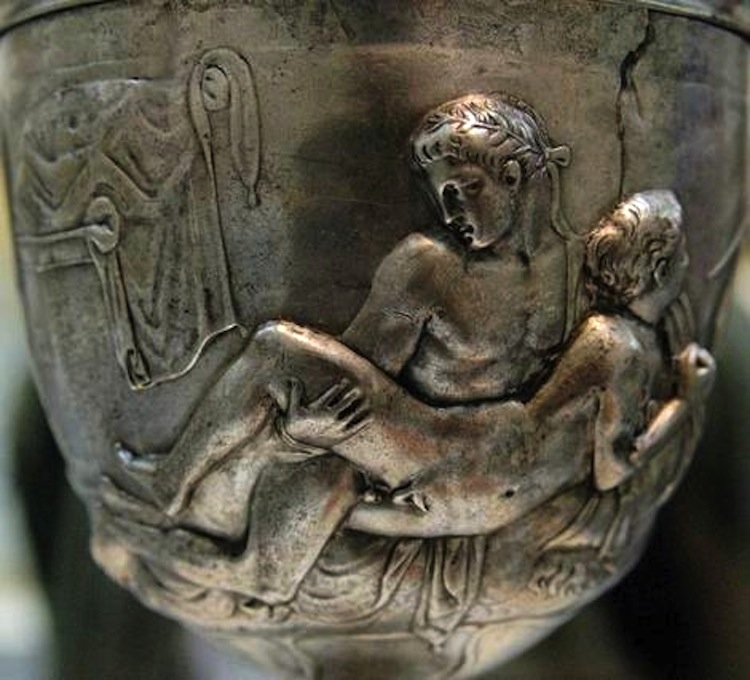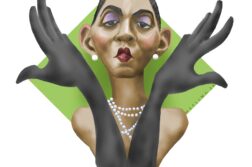 A Little Gay History: Desire and Diversity across the World
A Little Gay History: Desire and Diversity across the World
by R. B. Parkinson
Columbia. 128 pages, $19.95
Editor’s Note: This review is an edited transcript of a video presentation that can be viewed on the GLR blog at www.GLReview.org.
THE PROJECT that finally became this book began as a web trail from the British Museum. It is a pictorial sampling of items from that museum across centuries and cultures of mostly visual representations of same-sex desire and gender ambiguity. Each depiction has a paragraph or two of explanation, much as you would find on the plaques that accompany art works in a museum exhibit. The items are arranged in roughly chronological order.
The book starts with its only extended piece of prose: an introduction that, in explaining the choice of the word “gay” for the title, reviews the work that has been done on sexual identity over the last 150 years. It cautions, as historians such as Foucault have done for almost half a century now, against viewing past cultures through the gender constructions of our own time. In viewing these various artifacts, in other words, “it is impossible to have an infallible ‘gaydar’ across other cultures and periods.” The introduction also reminds the reader, more generally, that “art is never simply a reflection of social reality.” Artists, whether great painters or simple potters, craft their work in accord with particular personal ideas. Their work can never be read as a transparent window on or reflection of the culture in which they were produced.







